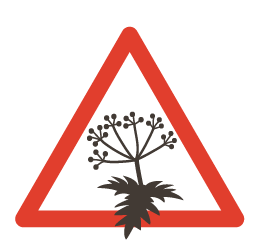Pallas's Squirrel – Callosciurus erythraeus
- Overview
- Images
- Identify
- Biology
- Taxonomy
- Occurrence
- Specimen
- Invasive alien species

Description
Pallas’s squirrels are highly adaptable and opportunistic, known to eat a wide range of foods from the seeds of trees to plant material (flowers, buds, shoots, fruit) and from fungi to insects. They enjoy scraps of human food and are also actively fed by people. As an opportunist, Pallas’s squirrel feeds on birds’ eggs and nestlings. This species is active during the day and found in various types of wooded habitat, in its native range from tropical evergreen to subtropical forests, and from temperate deciduous forests to subalpine coniferous forests and evergreen and seasonally green broad-leaved forests. For example, in France the species has been found to thrive in various habitats but to particularly favour wooded areas, such as parks and gardens.
Pallas’s squirrels reach sexual maturity at the the age of one year. Females can reproduce at any time of the year, but in widespread populations in Japan and Argentina, Pallas’s squirrels have two reproductive peak periods. The gestation period is approximately 47 days and the females give birth to an average of two young (1–4). In Argentina, the typical litter consists of only one offspring. The young leave the nest 40–50 days after birth. Males leave their natal areas at around the age of one year. Young females stay close to their natal areas or inherit the home range of their mother.
Description text authors:
Katja Holmala (LUKE) – published 23 March 2016
The map represents observations of this taxon, but it may not be used as a distribution map.
- Total squares
- oliiviselkäorava (Finnish)
- pallasekorre (Swedish)
- Pallas's Squirrel (English)

| Establishment | Does not occur in Finland |
|---|
Invasive alien species of Union concern (EU 2016/1141; 2017/1263; 2019/1262; 2022/1203) ?
- Thomas Lilley
- Mammals
- Small mammals